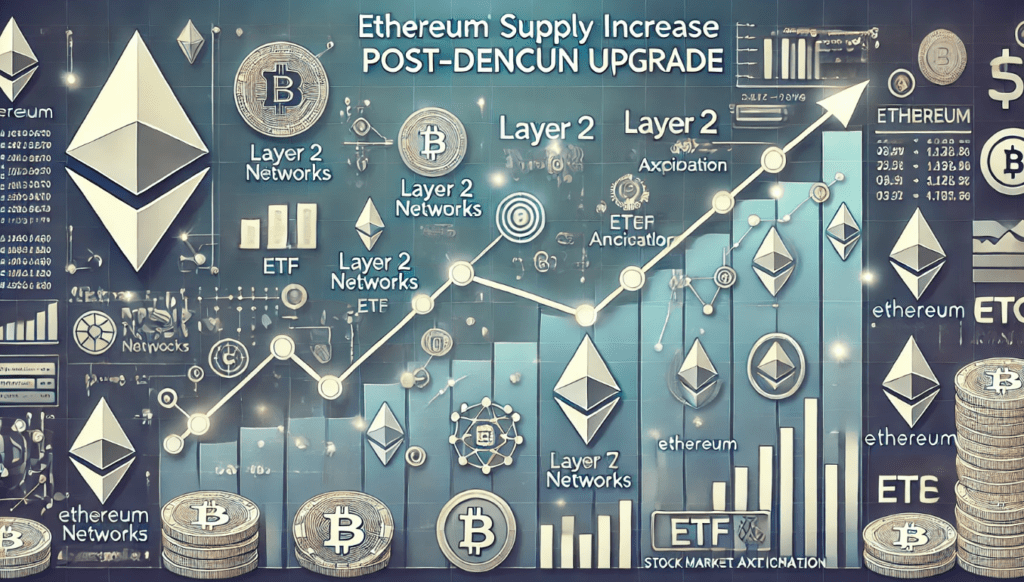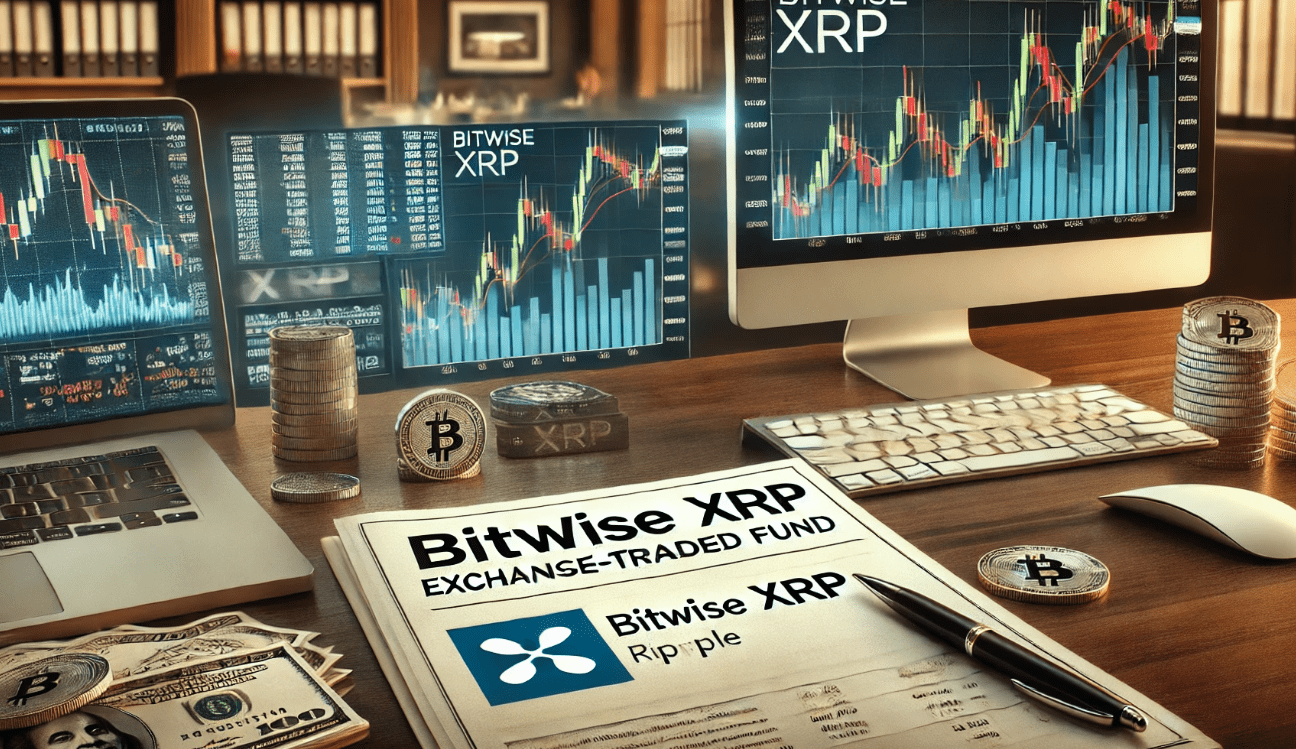Ethereum’s post-Dencun Upgrade era is witnessing a shift in its deflationary status, with a notable increase in ETH supply. The upgrade, while beneficial in some respects, has led to changes that contradict Ethereum’s previous deflationary goals.
Impact of the Dencun Upgrade
The Dencun Upgrade, implemented in March, aimed to reduce transaction fees and solidify Ethereum’s status as “ultra-sound money.” However, it has inadvertently affected Ethereum’s deflationary status. The EIP-4844 model within the upgrade lowered transaction fees but also decreased the total amount of ETH burned on the mainnet, leading to a slower burn rate and pushing Ethereum into inflationary territory.
Increase in ETH Supply
Since mid-April, over 112,000 ETH have been added to the overall supply. This marks Ethereum’s longest inflationary period since transitioning from Proof-of-Work (PoW) to Proof-of-Stake (PoS). According to data from ultrasound.money, the current inflation rate stands at 0.59% per year, undermining the “ultra-sound money” narrative.
Analysts’ Insights
CryptoQuant analysts have highlighted that at the current rate of network activity, Ethereum will not achieve deflationary status again unless there is a significant increase in network activity. They noted, “The narrative of ‘ultra-sound’ money has probably died or would need much higher network activity to come back to life.”
Scaling Activity on Layer 2 Networks
Despite the inflationary trend, Ethereum is experiencing significant scaling activity, particularly on Layer 2 networks. zkLink CEO Vince Yang emphasized that the reduction in gas costs for executing transactions on Layer-2s has led to an explosion in combined transactions, reaching an all-time high of 285 transactions per second (TPS), up from 140 TPS earlier this month. This scaling activity is crucial for the development of new blockchain applications, positioning Layer 2 and Layer 3 solutions advantageously.
Staking and ETF Anticipation
Meanwhile, staked Ethereum is peaking, with anticipation growing for spot Ethereum ETFs. Bloomberg senior ETF analyst Eric Balchunas predicted that spot-based Ethereum ETFs might start trading by July 2, following positive comments from the US SEC on the S-1 filings. Recently, VanEck filed Form 8-A for a Spot Ether ETF, reinforcing the sentiment of a potential launch soon, mirroring the swift approval process seen with spot Bitcoin ETFs launched in January.
While Ethereum’s deflationary status is currently challenged, the network continues to benefit from significant scaling activities and growing interest in spot Ethereum ETFs. These developments highlight the dynamic nature of Ethereum’s ecosystem and its ongoing evolution in the broader crypto landscape.












